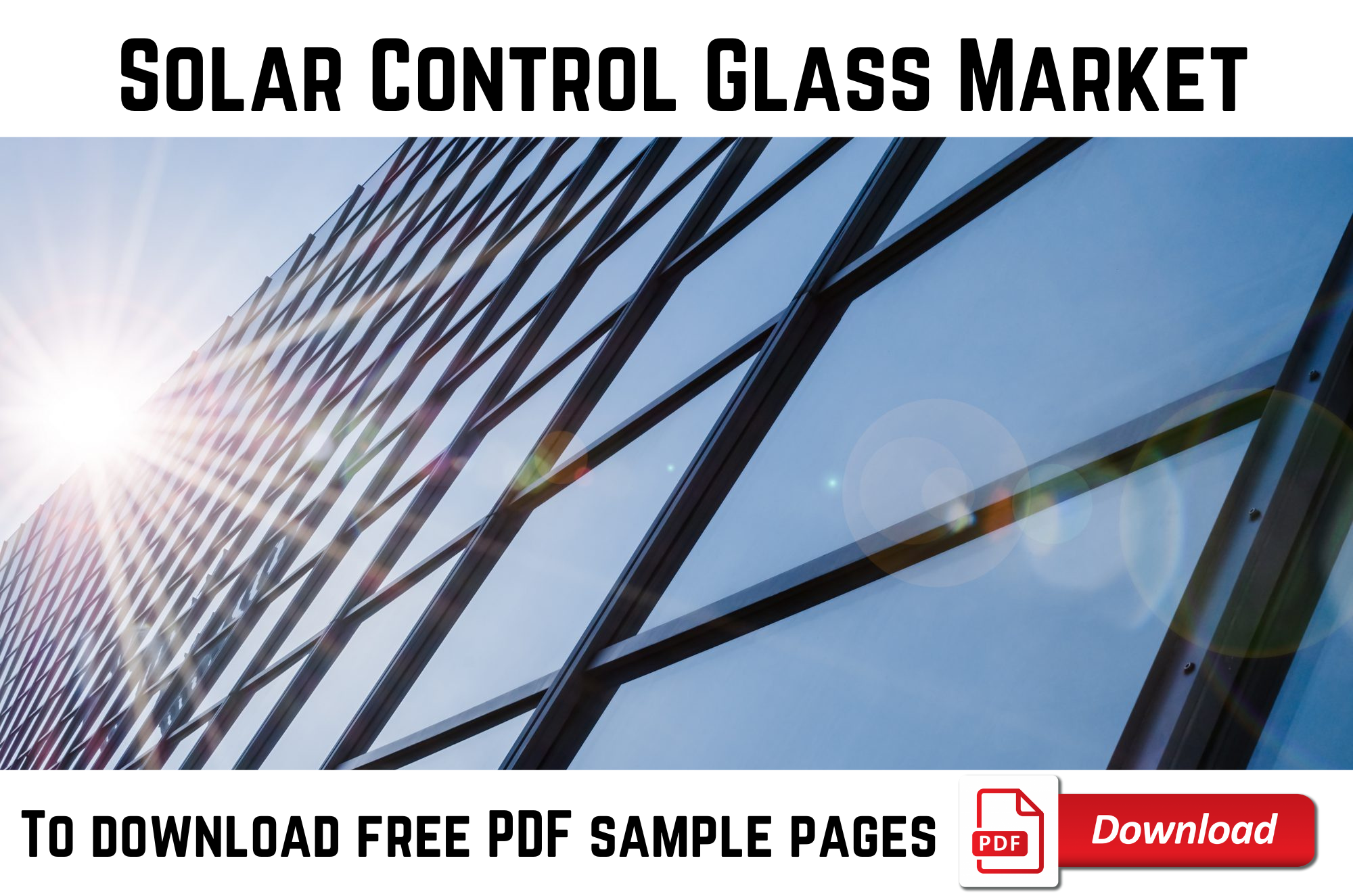Market Overview
The global solar control glass market is experiencing significant growth, driven by increasing awareness of energy efficiency, rising construction of green buildings, and supportive government policies aimed at reducing carbon emissions. In 2024, the market was valued at USD 7.2 billion and is projected to reach USD 15.4 billion by 2032, reflecting a CAGR of 10.1% during the forecast period. The adoption of solar control glass is increasing due to its ability to reduce heat transmission, improve natural lighting, and enhance thermal comfort in buildings and vehicles.
Key Growth Drivers
1. Energy Efficiency and Carbon Emission Reduction
The growing focus on reducing energy consumption and greenhouse gas emissions has led to the adoption of solar control glass in residential and commercial buildings. This type of glass minimizes heat transmission, reducing the reliance on air conditioning systems and lowering energy costs.
2. Rise in Green Building Construction
The increasing construction of green buildings, which emphasize sustainable design and energy efficiency, is propelling the demand for solar control glass. These buildings benefit from solar control glass through improved natural lighting, reduced glare, and enhanced indoor comfort.
3. Supportive Government Policies
Governments worldwide are implementing policies to encourage the development of energy-efficient infrastructure. These initiatives often include incentives for using materials like solar control glass that contribute to lower energy consumption and environmental sustainability.
Market Trends
1. Technological Advancements
Innovations in glass manufacturing, such as advanced coatings and improved glazing techniques, are enhancing the performance of solar control glass. These advancements result in better heat insulation, increased durability, and greater aesthetic appeal.
2. Growing Adoption in the Automotive Industry
Beyond building applications, solar control glass is increasingly used in the automotive sector to improve passenger comfort by reducing interior heat buildup and protecting against harmful UV rays. This trend aligns with the broader industry focus on enhancing vehicle energy efficiency.
Challenges in the Solar Control Glass Market
1. Higher Initial Costs
Compared to traditional glass, solar control glass involves higher upfront costs due to the advanced coatings and manufacturing processes involved. This can be a deterrent in price-sensitive markets.
2. Need for Specialized Installation
Proper installation of solar control glass requires skilled professionals and specialized techniques, which may pose challenges for widespread adoption in regions with limited technical expertise.
3. Awareness and Market Penetration
In some areas, a lack of awareness about the long-term benefits of solar control glass, such as energy savings and improved indoor comfort, may hinder its adoption in residential and commercial construction projects.
Future Outlook
The solar control glass market is poised for continued growth, with significant opportunities arising from ongoing urbanization, increasing environmental consciousness, and technological innovations. As the demand for energy-efficient solutions in construction and automotive industries rises, solar control glass is expected to play a pivotal role in achieving sustainability goals.




